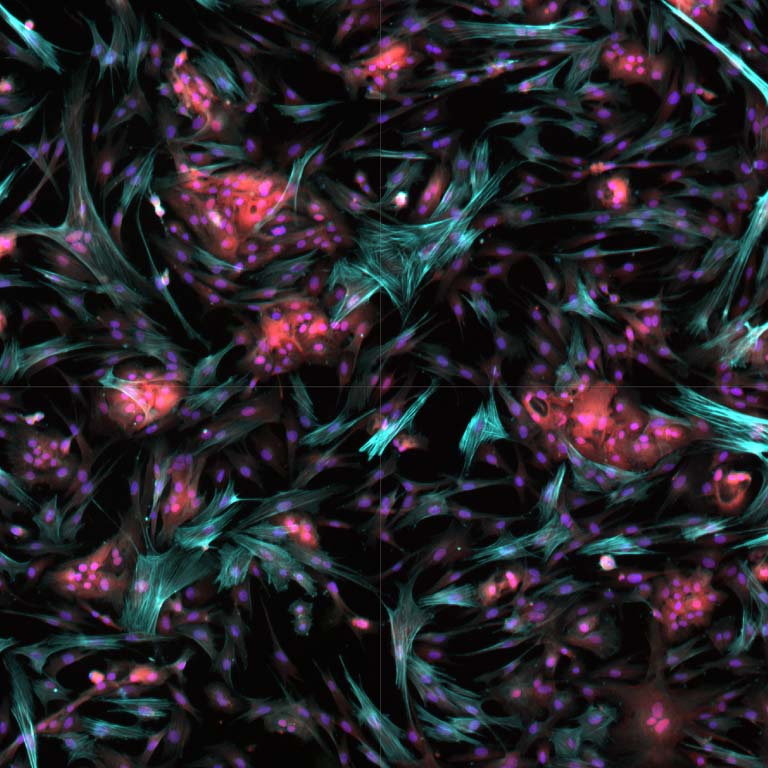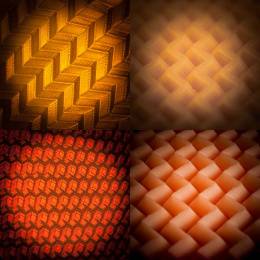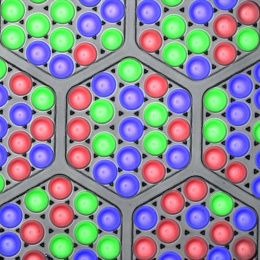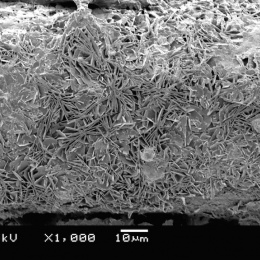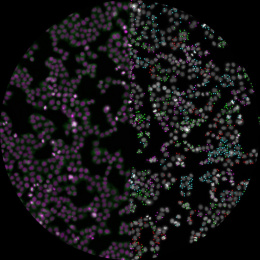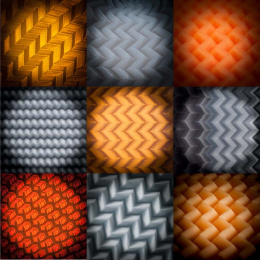Targeted Treatment of Smooth Muscle Cells
Targeted Treatment of Smooth Muscle Cells
Christopher Lee, Michael J. Cima, Jaime H. Cheah, Christian K. Soule, Noranne Enzer, Aurora Burds Connor
MIT Department of Materials Science and Engineering, Koch Institute at MIT
Malignant Ureteral Obstruction (MUO) is the most common cause of intractable ureteral obstructions. These obstructions are secondary to many forms of malignant disease, such as cervical, colorectal, ovarian, and prostate cancer . The ureter is a physiological ‘tube’ for urine transport that connects the kidney to the bladder. Obstruction of the ureter is therefore an emergency, and releasing the obstruction and securing kidney function is the top priority. Ureteral stents are subsequently surgically placed within the urinary system to ensure normal urine outflow.
Nearly all patients (80%+) report a significant decrease in quality of life, attributed to immense discomfort ranging from irritation while voiding, hematuria, pain, increased frequency, and incomplete emptying . The ureter is encased in a layer of smooth muscle cells, and understanding the underlying physiology of these cells has the potential to provide great relief to the patient. This picture depicts ureteral smooth muscle cells after receiving targeted treatment manipulating its contraction and relaxation, which correspond to the mechanical issues related to these symptoms. Screening for such a drug that only selectively affects ureteral smooth muscles has proven difficult, because there is no established protocol for growing ureter smooth muscle cells in a lab. Our triumph over this hurdle has been captured in this image.
